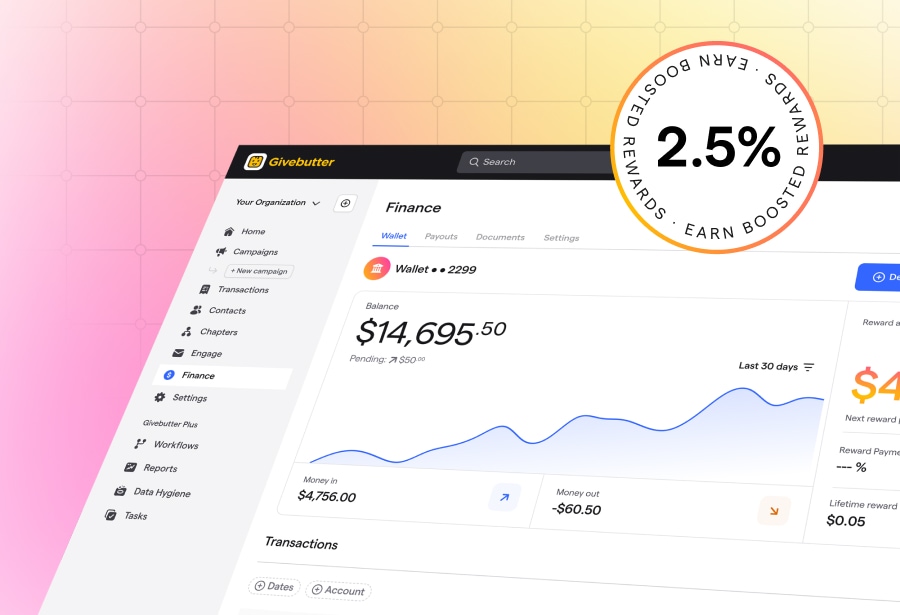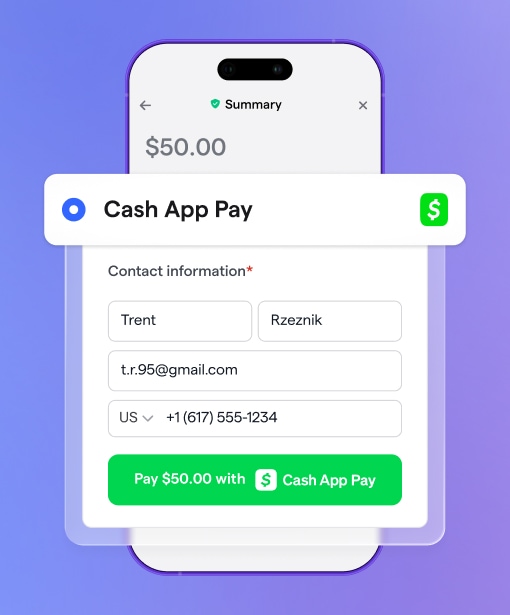Table of contents
Table of contents
I’m not here to sugarcoat the news we’ve all been following.
The recently passed "Big Beautiful Bill" (H.R. 1) will greatly reduce federal support for essential services like healthcare, housing, and food assistance. It also places new limits on incentives for major and corporate donors, making it more difficult for nonprofits to secure large gifts.
At the same time, the bill introduces a provision that could strengthen grassroots fundraising for years to come: a permanent universal charitable deduction.
Starting next year, if you are one of the 90% of U.S. taxpayers who don’t itemize, you will now be able to deduct up to $1,000 (or $2,000 for joint filers) in charitable contributions each year. This is a big deal, because before, only people who itemized got that tax break. Now, almost everyone can get it. Economists estimate this could unlock nearly $74 billion in new giving over the next decade.
As nonprofits cope with so much change and uncertainty, this enormous shift may provide a meaningful door of opportunity. While small-dollar giving is key, major and corporate donors still have a role to play—if nonprofits get strategic about timing and messaging.
Our biggest recommendation? Focus on what you can control: how you connect with your community, how you tell your story, and how you build long-term relationships with donors who believe in your work.
Let’s walk through what’s changed and how to take action.
Key takeaways
Here’s a quick overview of the key changes, their implications, and how your nonprofit can respond:
- The universal charitable deduction is now permanent: Those who don’t itemize their taxes—which is 9 out of 10 Americans—can now deduct up to $1,000 (individual) or $2,000 (joint).
- New limits may reduce large gifts: A 0.5% AGI floor and 35% cap could slow major and corporate giving.
- But major donors still matter: Help them give smarter—through timing, bunching, and vehicles like DAFs. Support corporate partners in hitting the 1% threshold.
- Small-dollar giving is growing fast: More donors are giving smaller amounts, and that trend is accelerating. Here at Givebutter, we’re seeing 95% of donations are under $500—and they make up half of all donation volume.
- Now is the time to invest in small donors: Prioritize monthly giving, inclusive messaging, and accessible giving experiences.
- This is a strategic opportunity: The nonprofits that embrace diversified giving will be more resilient, community-powered, and future-ready.
These changes will hopefully encourage broader participation in charitable giving, and offer a strategic opportunity for nonprofits ready to meet donors where they are. Keep reading to explore how to make the most of this moment.
5 strategic shifts your nonprofit should make
1. Prioritize small-donor outreach and stewardship
Small donors aren’t just a fallback—they’re your foundation. Individuals already drive 67% of total giving, and small-dollar donors are quickly becoming the backbone of nonprofit budgets.
Givebutter data shows that 95% of individual donations on the platform are under $500—and those donations account for half of all total volume. The potential to grow this base is enormous, and it starts with making donors feel seen and valued.
💡 Ideas to get started:
- Build or expand a monthly giving program.
- Offer low-dollar donation options on every campaign.
- Thank and engage donors personally, even at lower amounts.
2. Position small donors as essential to your mission
When donors feel essential—not extra—they stay committed. Messaging that underscores their collective importance reinforces trust and builds momentum, especially when donors are hearing mixed messages from national news about funding instability.
💡 Ideas to get started:
- Use inclusive language and emphasize that every gift makes a difference.
- Highlight collective power, like “Together we raised $50K through hundreds of small gifts.”
- Feature donor stories to build emotional connections.
3. Tune your tools and messaging for individual giving
A frictionless, feel-good giving experience isn’t a luxury—it’s your competitive edge. Meeting individual donors where they are with intuitive, mission-forward tools shows them they’re worth your investment.
💡 Ideas to get started:
- Optimize your donation page for mobile and ease of use.
- A/B test calls to action that emphasize impact per dollar.
- Share specific asks tied to real outcomes (e.g., “$25 = school supplies for one student.”)
4. Reassess risk and explore new revenue streams
Even if you’re not facing immediate cuts, this bill signals a broader trend: less reliance on big checks, more emphasis on collective support. Future-proofing starts with understanding your vulnerabilities and investing in resilience.
💡 Ideas to get started:
- Evaluate your current funding mix (grants, major gifts, events).
- Make a plan for what would happen to your organization if major gifts or institutional funding decrease.
- Identify where small-dollar donors could help build stability.
5. Get smarter about major and corporate giving
Small-dollar donors are essential—but they’re not your only audience. Large gifts may slow, but they’re not disappearing. Now’s the time to plan ahead and help all donors give more strategically.
💡 Ideas to get started:
- Talk with major donors about giving in 2025 vs. 2026, bunching contributions, or using smarter vehicles like donor-advised funds (DAFs).
- Work with corporate partners to help them reach the 1% giving threshold for deductibility.
- Segment your donor communications to align timing, message, and value for high-capacity donors.
Step forward with confidence
The universal charitable deduction is more than a policy update—it’s an invitation to engage more people in your mission. Small-dollar donors have always mattered. Now they matter more than ever. And while large gifts may shift, they’re not gone. This moment calls for smarter segmentation, clearer messaging, and thoughtful timing across every donor type.
We know this is a big shift. This moment is full of real challenges, but also real tools, data, and community to help you meet it.
Not sure where to start? Pick one strategy and take the first step. Start small. Stay focused. Your impact will grow.
Givebutter is here to help. We exist to empower changemakers like you to build sustainable, donor-powered missions with purpose-driven technology and real human support.
Together, we can write the next chapter of impact—one gift at a time.
.svg)



.webp)


%20(1).png)



.svg)








.webp)




